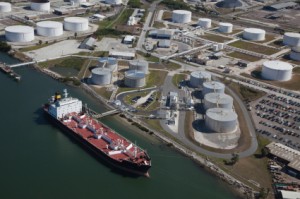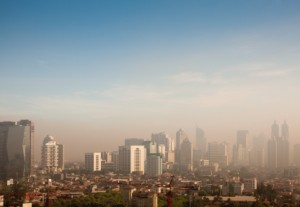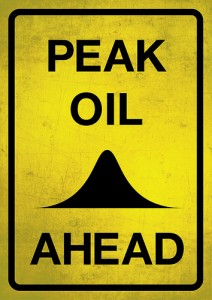Even as winds of change sweep through the media landscape, it remains a truth that the first audience for any pitch is the reporter. Without a compelling pitch that resonates with the reporter, your story will not get written and therefore will not influence the end-reader audience.
 It’s interesting, then, to see a campaign succeed with that initial target audience even as it butts up against a reality that could torpedo it.
It’s interesting, then, to see a campaign succeed with that initial target audience even as it butts up against a reality that could torpedo it.
This past Memorial Day Weekend, I happened upon an article in The Boston Globe (yes, I still have dead tree media delivered to my door, daily) assuring readers that the price of gasoline this summer would not be as expensive as last summer. Why the lower price? Well, according to article author Erin Ailworth, “The main reason is the boom in US production of crude oil, which accounts for about two-thirds of the price of gas. As a result of the controversial drilling process known as “fracking” that frees oil from shale formations, US crude is flooding global markets and holding down prices.”
That line has become conventional wisdom in the media, as well it should. As I’ve blogged in the past, vested fossil energy interests have expended a lot of effort to create it. A steady wave of research papers from institutes, investment houses, agencies and academics with ties to the energy industry have received breathless uptake in the media. Those who have taken critical views of those papers have been largely ignored. Not really a surprise because people prefer information that assures them the world they’ve known will continue on untroubled. The media, like corporations, is made up of people and the message they’ve been receiving on a regular basis from fossil-fueled sources is that all is well.
The problem with this manufactured conventional wisdom is reality. If you make it to the bottom of that Globe article you come across this paragraph:
In the meantime, gas prices remain historically high and may convince some people to stay close to home, said Mary Maguire, spokeswoman for AAA Southern New England. The auto association estimates that 34.8 million Americans will journey 50 miles or more from home during the holiday, a decline of about 1 percent from last year, when 35.1 million people traveled.
So, yeah, reality. Fracking for oil is expensive, both in terms of labor and materials. Those sustained high prices are tamping demand in the US, especially among those who remain among the ranks of the unemployed. Faced with a dearth of summer jobs and low wages, teens, too, appear to be less interested in dropping $60 or$100 in the tank every week to cruise around.
Meanwhile in what are still called “the emerging economies” of countries such as China, India, Indonesia and Vietnam, demand for refined petroleum products continues to climb. That rising demand will more than make up for declining demand here in the US. That trend will ensure both high gasoline prices and that fracking for oil remains a profitable endeavor. But, profitable or not, it’s unlikely to result in production rates that can replace that lost from depleting conventional wells and this trend will also help ensure prices for crude stay high enough to keep frackers in business.
And as the fracked oil flows, the conventional wisdom will as well, while people at the pump bump into the underlying reality of a world no longer awash in cheap fossil energy.



